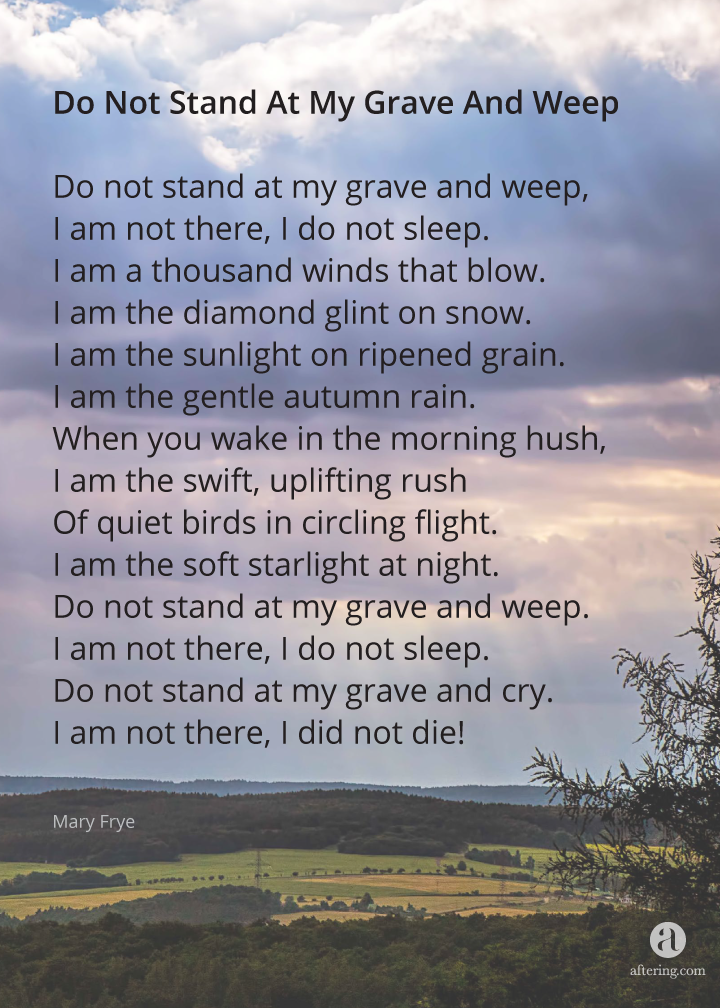

In fact, I cry my eyes out whenever I lose a pet that is close to me. I've had time to get to know them my entire life, and I have experienced those deaths - of which I wept, a lot. It would be a lot different though if I had gotten to know them better. So I never really cried at their funerals or graves. I did lose my grandparents a while back, but two of them had already passed away before I was even born, and the other two both suffered from altzheimers disease and dementia so I never really got to know them. Personally, I haven't experienced many deaths in my life. This elegy, this song and this history has a sort of tragic, beautiful complexity to it.What pulled me into this sonnet was the beautiful flow of phrase upon phrase, as well as the overall message of the poem. Heroine or villainess, Farrell is an interesting human being.

This led to a dirty protest and hunger strikes. Women were frequently subject to excessive brutality, humiliating strip searches and denial of toilet use. Her protests in prison were incontestably heroic. Yet, had history went the favor of the IRA, she could of been an iconic liberator. Farrell was largely considered a terrorist. It also led to this masterpiece, “The Ballad of Mairéad Farrell”, which beautifully incorporates Mary Elizabeth Frye’s elegy in a tribute to Mairéad Farrell. This sparked notions that the UK had shoot to kill orders on members of the IRA. Her death was controversial as several witnesses confirmed she and two of her comrades were unarmed and with their hands up.

She was a member of the Provisional Irish Republican Army that sought to gain Northern Ireland’s independence from the United Kingdom. In Gibraltar, 1988, Mairéad Farrell and two others were shot dead by undercover British agents. There is additional art and history, however, that I truly believe makes this poem profound and heart warming and wrenching at the same time.

I don’t believe there is much I can personally say about this poem that can enhance its beauty or meaning.


 0 kommentar(er)
0 kommentar(er)
